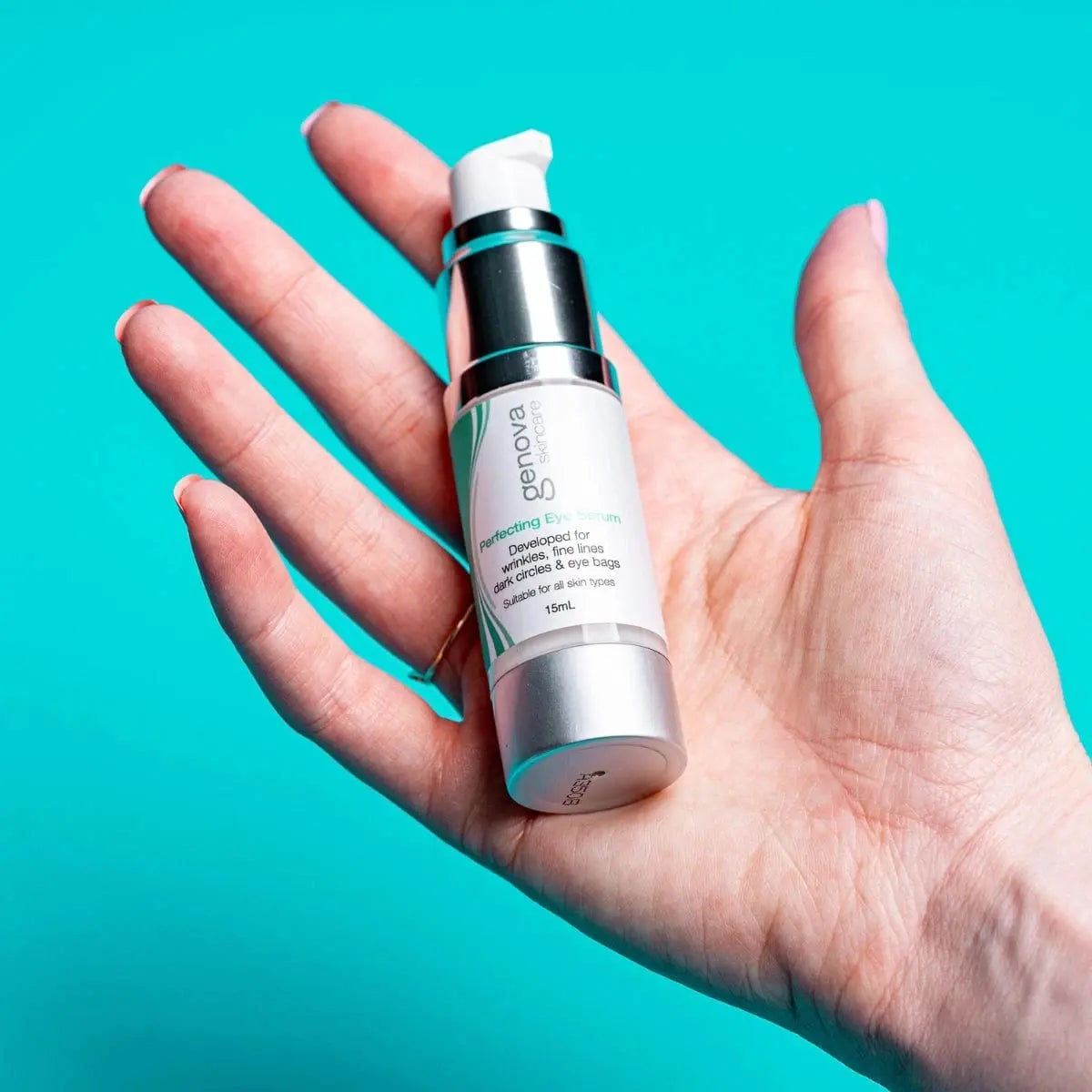Understanding and Treating Dark Under-Eye Circles: A Complete Guide
Dark circles under the eyes can make anyone look tired and aged, regardless of how well-rested they actually are. This comprehensive guide explores the causes of dark under-eye circles and provides effective solutions, from lifestyle changes to targeted treatments.
What Causes Dark Under-Eye Circles?
The development of dark circles is often multifaceted, involving various genetic and lifestyle factors. Genetics play a significant role, as some people naturally have thinner skin under their eyes or more pronounced blood vessels in this area. This genetic predisposition can make dark circles more noticeable, even with adequate rest and proper care.
Age is another crucial factor. As we get older, our skin loses collagen and becomes thinner, making the blood vessels underneath more visible. This natural aging process can make dark circles appear more prominent, particularly after the age of 30.
Other common causes include:
- Lack of sleep or poor sleep quality
- Dehydration and inadequate water intake
- Excessive sun exposure
- Allergies and eye strain
- Poor circulation
- Nutritional deficiencies, particularly iron
- Lifestyle habits like smoking and excessive alcohol consumption
Medical Solutions and Professional Treatments
For those seeking professional intervention, several medical treatments can help reduce the appearance of dark circles:
Dermal fillers can help restore volume loss under the eyes, effectively minimising shadows and hollowness. Chemical peels and laser treatments might also be recommended by dermatologists to address pigmentation issues and strengthen the delicate under-eye skin.
Effective At-Home Treatments
While professional treatments can be effective, there are numerous ways to address dark circles at home. One standout product is the Genova Perfecting Eye Serum, which combines powerful ingredients to target multiple causes of dark circles. This advanced formula works to strengthen the delicate under-eye skin while improving circulation and reducing pigmentation.

Other effective at-home treatments include:
Cold compresses can help constrict blood vessels and reduce puffiness. Keeping eye products in the refrigerator can enhance their cooling effect and provide additional benefits.
Regular use of sunscreen specifically designed for the eye area helps prevent further damage and darkening of the under-eye region.
Lifestyle Changes for Prevention
Prevention is often more effective than treatment. Consider incorporating these lifestyle changes:
Ensure adequate sleep (7-9 hours nightly) and maintain a consistent sleep schedule. Proper rest allows your body to repair and regenerate skin cells, reducing the appearance of dark circles.
Stay hydrated by drinking plenty of water throughout the day. Proper hydration helps maintain skin elasticity and prevents the under-eye area from appearing sunken or dark.
Maintain a balanced diet rich in vitamins K, C, and E, which support skin health and circulation. Include foods like leafy greens, citrus fruits, and nuts in your daily meals.
When to Seek Professional Help
If dark circles persist despite lifestyle changes and over-the-counter treatments, consult a dermatologist. They can properly diagnose the underlying cause and recommend targeted treatments suited to your specific needs.
Long-term Management
Managing dark under-eye circles requires a consistent, multi-faceted approach. Combine quality products like the Genova Perfecting Eye Serum with healthy lifestyle habits for optimal results. Remember that improvements take time, and consistency is key in any skincare routine.
Monitor your progress by taking photos under consistent lighting conditions every few weeks. This helps track improvements and adjust your treatment plan as needed.
By understanding the causes of dark circles and implementing appropriate treatments and preventive measures, you can effectively manage and improve the appearance of under-eye darkness.
Remember that results vary among individuals, and finding the right combination of treatments often requires patience and experimentation.











